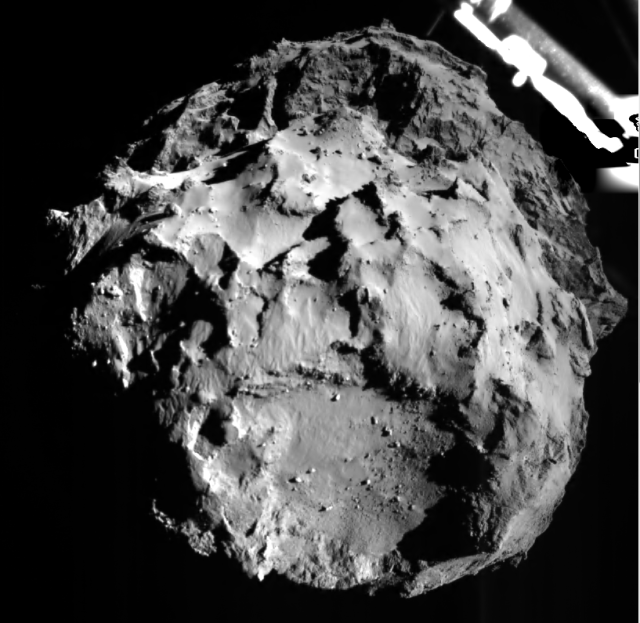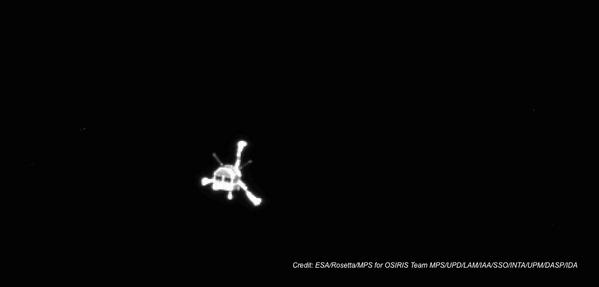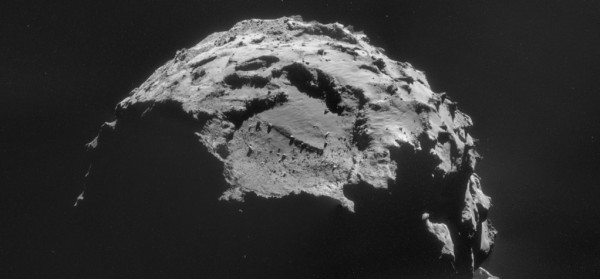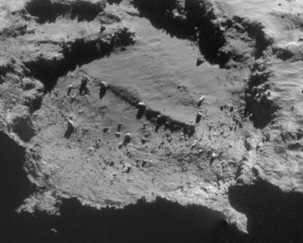Falcon Heavy launchpad work begun
The competition heats up: SpaceX has begun the construction work necessary to convert the launchpad it will use at the Kennedy Space Center for its first test flight of the Falcon Heavy rocket, now scheduled for summer 2015.
Most of the current work appears to be taking place on the perimeter area of the pad, with the construction of a hanger building – known as the Horizontal Integration Facility (HIF) – that will house the Falcon Heavy rocket and associated hardware and payloads during processing. During rollout, the Falcon Heavy will be transported atop the Transporter Erector (TE), which will ride on rails, up the famous 39A ramp that once saw Space Shuttle and Apollo stacks arrive via the Crawler Transporters.
The July launch date is considered preliminary and a target date only and is of course subject to change.
The competition heats up: SpaceX has begun the construction work necessary to convert the launchpad it will use at the Kennedy Space Center for its first test flight of the Falcon Heavy rocket, now scheduled for summer 2015.
Most of the current work appears to be taking place on the perimeter area of the pad, with the construction of a hanger building – known as the Horizontal Integration Facility (HIF) – that will house the Falcon Heavy rocket and associated hardware and payloads during processing. During rollout, the Falcon Heavy will be transported atop the Transporter Erector (TE), which will ride on rails, up the famous 39A ramp that once saw Space Shuttle and Apollo stacks arrive via the Crawler Transporters.
The July launch date is considered preliminary and a target date only and is of course subject to change.




